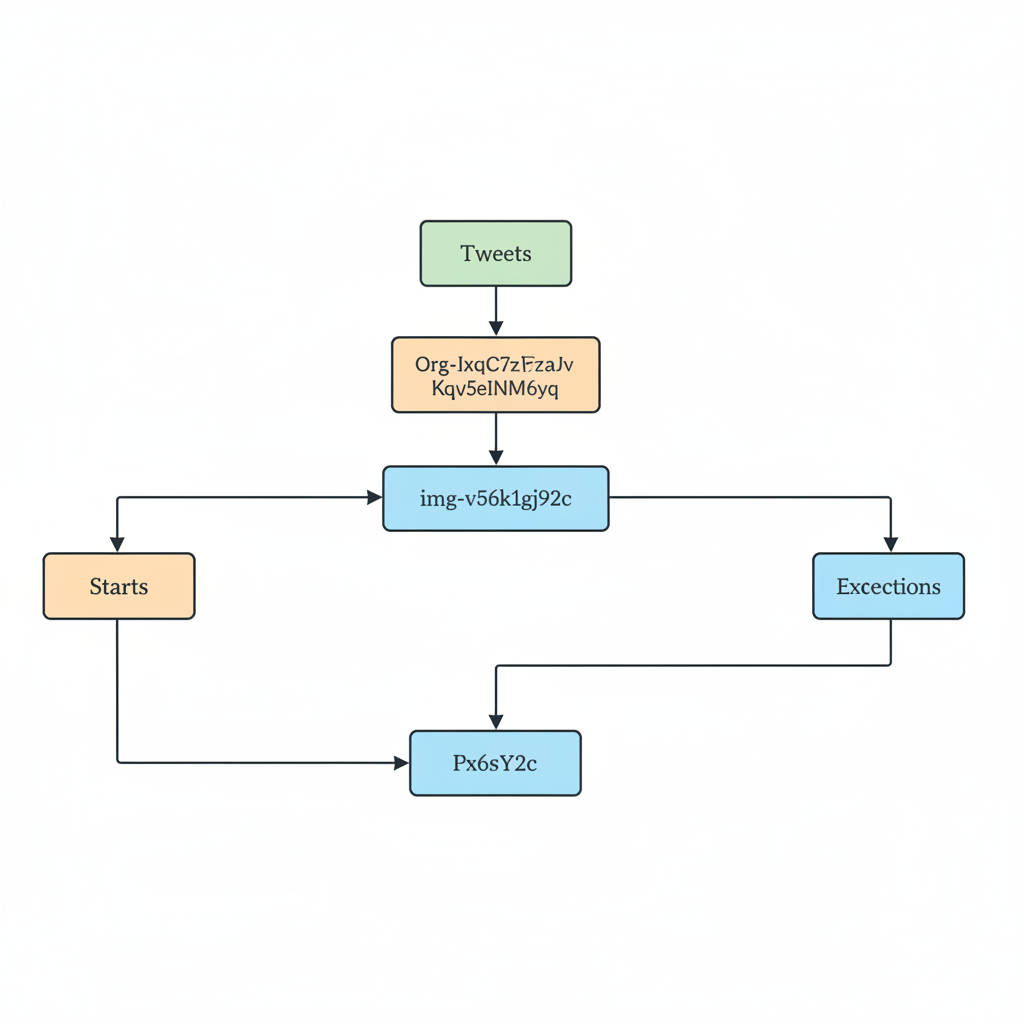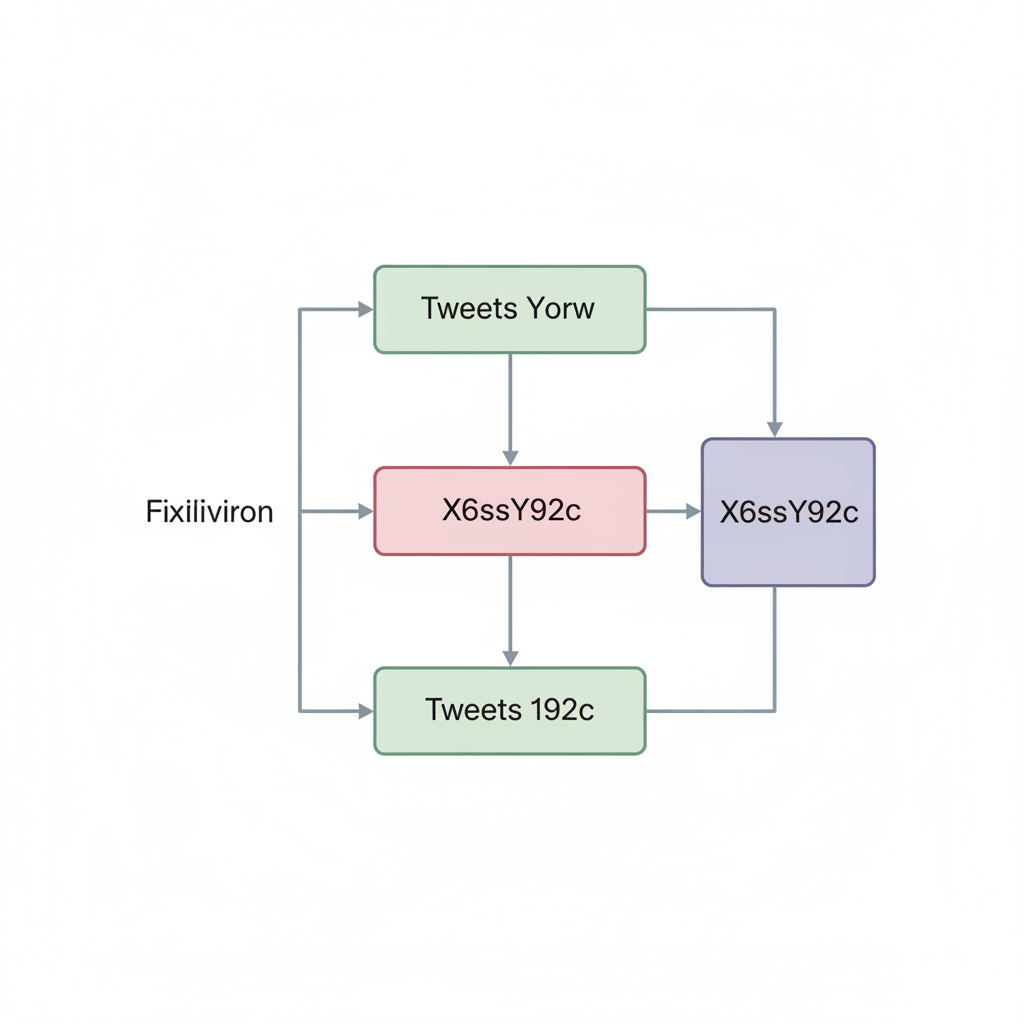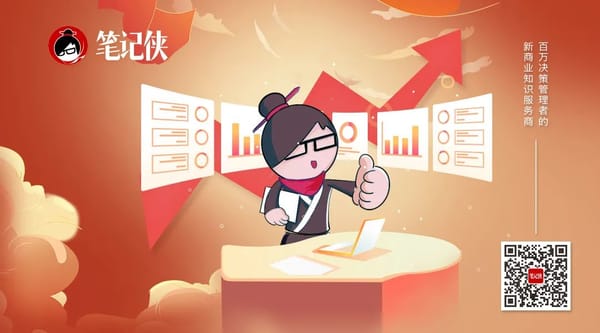Twitter Purpose and Uses in Communication and Marketing
Explore Twitter’s role in real-time communication, marketing, branding, and journalism, and how its features connect communities worldwide.

Introduction to Twitter’s Purpose in Digital Communication
In the modern era of social media and instant connectivity, Twitter’s purpose has become central to how we share, discover, and engage with information across the globe. Since its launch in 2006, Twitter has redefined public conversation by giving individuals, businesses, journalists, and activists the tools to communicate in real time through short, impactful messages called tweets. With a 280-character limit, multimedia attachments, hashtags, and a global reach, Twitter’s core mission transcends entertainment—it is about connection, expression, and the spread of ideas.
This article explores the multifaceted role of Twitter in shaping digital communication, marketing, news, education, activism, and more, while also addressing its challenges and future potential.

---
Overview of Twitter’s Core Purpose and Mission
Twitter’s mission is to create a space for authentic public conversation and to empower voices worldwide. Unlike platforms focused purely on social networking, Twitter serves as a digital town square, promoting transparency, open dialogue, and worldwide connectivity.
Key elements of Twitter’s mission:
- Public Expression: Providing a global platform for diverse opinions.
- Real-Time Communication: Enabling instant posts and responses.
- Global Connection: Crossing geographic and cultural boundaries.
- Transparency: Holding institutions accountable through open discourse.
This blend of immediacy and accessibility firmly positions Twitter as a vital tool for public engagement.
---
Twitter as a Microblogging and Real-Time Information Platform
Twitter operates in the microblogging niche, offering concise messaging instead of lengthy articles. Posts can be created and consumed quickly, making it ideal for fast-paced digital interactions.
Core features enhancing microblogging capabilities:
- Character Limit: Encourages brevity and clarity.
- Hashtags: Allow participation in trending events or topics.
- Mentions: Facilitate direct community interaction.
- Retweets: Accelerate the viral spread of content.

Through these features, Twitter sustains rapid engagement while allowing conversations to build momentum organically.
---
Communication and Networking Opportunities for Individuals and Organizations
Twitter thrives on fostering connections between people and groups.
For Individuals:
- Connecting with interest-based communities.
- Following leaders, experts, and influencers.
- Joining trending discussions in real time.
For Organizations:
- Sharing company news and product announcements.
- Establishing a consistent brand voice.
- Providing direct customer support.
This dynamic enables a constant flow of dialogue and strengthens both professional and personal bonds.
---
Role of Twitter in News, Journalism, and Information Dissemination
Twitter’s speed and reach have revolutionized journalism. Media outlets and independent reporters leverage it to share and verify breaking stories.
Journalism Advantages of Twitter:
- Breaking News Alerts: Content spreads rapidly via retweets.
- Live Event Coverage: Updates roll out as events happen.
- Crowdsourced Insights: Eyewitnesses share firsthand experiences.
| Aspect | Impact in Journalism |
|---|---|
| Speed | Delivers immediate news coverage |
| Diversity | Brings different perspectives to the public eye |
| Accessibility | Makes information available to global audiences |
| Verification Challenges | Requires critical evaluation of sources |
Through these mechanisms, Twitter has become both a tool and a challenge for modern journalism.
---
Twitter for Marketing, Branding, and Customer Engagement
For marketers, Twitter offers unrivaled immediacy and public visibility. Its interactive nature allows brands to humanize their messaging and directly communicate with customers.
Strategies for Success on Twitter:
- Content Promotion: Share blogs, videos, and product reveals.
- Engagement Campaigns: Run polls, contests, and Q&As.
- Customer Service: Respond to feedback instantly.
Twitter Ads further enable precise audience targeting, while real-time engagement helps brands manage both opportunities and crises effectively.
---
Twitter as a Platform for Political and Social Movements
From grassroots advocacy to global campaigns, Twitter amplifies voices during political and social movements. Its hashtag-centric system facilitates community-building and awareness.
Advantages for Activism:
- Rapid Reach: Spread messages worldwide instantly.
- Defined Discussions: Use hashtags like #MeToo and #BlackLivesMatter.
- Direct Engagement: Bypass traditional media for immediate updates.
In this way, Twitter acts as a virtual stage for mobilization and organizing.
---
Educational and Professional Uses of Twitter
Professionals and educators leverage Twitter to cultivate knowledge-sharing and career growth.
Educational Applications:
- Distributing academic insights and learning resources.
- Conducting virtual discussions or classroom activities.
- Collaborating on research through networked connections.
Professional Uses:
- Staying informed on industry trends.
- Following thought leaders and mentors.
- Engaging with communities like #EdChat or #DevCommunity.

Twitter empowers continuous learning and career advancement through real-time participation.
---
Criticisms, Limitations, and Controversies
Despite its benefits, Twitter faces notable challenges that affect its purpose and perception:
- Harassment and Toxicity: Open access can lead to targeted abuse.
- Misinformation Risks: Content spreads without verification.
- Echo Chambers: Reduced exposure to opposing views.
- Privacy Concerns: Potential misuse of shared personal data.
Acknowledging these issues is essential for using Twitter responsibly.
---
Future Outlook for Twitter’s Role
The future of Twitter will likely be shaped by evolving technology and societal needs. Developments expected to impact the platform include:
- Stronger Verification Tools: Combating misinformation.
- Immersive Media Expansion: Incorporating AR/VR elements.
- Algorithmic Diversity: Highlighting varied perspectives.
- Commerce Integration: Linking tweets to e-commerce systems.
These innovations could strengthen Twitter’s ability to remain a vital digital communication hub.
---
Summary and Call to Action
Twitter’s purpose today encompasses public discourse, real-time news, marketing, professional networking, and activism, woven together in a single, accessible format. By mastering its features and understanding its strengths and weaknesses, users can maximize Twitter’s value.
Whether you are a journalist, marketer, educator, or activist, now is the time to leverage Twitter’s potential to connect, inform, and inspire. Explore the platform’s tools, engage meaningfully, and contribute to the ever-evolving conversation that shapes our digital world.



